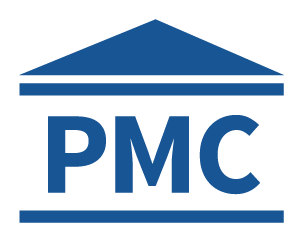D
Deleted member 8988
Platinum
- Joined
- Aug 10, 2020
- Posts
- 1,166
- Reputation
- 1,374
EMS training increased the zygomaticus major's thickness significantly . This muscle is responsible for the lift of the corners of the mouth.Two studies measured facial muscle thickness (MT) and cross-sectional area (CSA) using
Two studies measured facial muscle thickness (MT) and cross-sectional area (CSA) using
ultrasonography before and after a 12-week NMES program [15] or 8 weeks of oscillatory movement ultrasonography before and after a 12-week NMES program [15] or 8 weeks of oscillatory movement
of a face [18]. The NMES study reported a significant increase in MT of the zygomatic major muscle of a face [18]. The NMES study reported a significant increase in MT of the zygomatic major muscle
in the experimental group compared to the control group following the intervention [15]. The other in the experimental group compared to the control group following the intervention [15]. The other
study found a pre-post difference in facial MT or CSA of the zygomatic major, levator labii superioris, study found a pre-post difference in facial MT or CSA of the zygomatic major, levator labii superioris,
orbicularis, and digastric muscle in a group training.
There is no evidence of increased resting position of this muscle, but it is still a possibility. Since the muscle can effectively be hypertrophied, it is worth experimenting on.Our findings suggest that a relatively short-term (8–12 weeks) intervention which consists of performing facial muscle contractions by NMES [15] or an oscillatory movement device [18] may produce increases in facial muscle size in middle-aged women (Table 2). Regarding these training effects, previous authors have speculated that the exercise-induced increase in the zygomatic major muscle size may be linked to the shortening of the resting length of the muscle, resulting in improvements in facial tone, firmness and lift. However, there is no direct evidence to support these claims. Compared to the extremity muscles, the facial muscle contains smaller muscle fascicles composed of loosely packed muscle fibers with substantial amounts of intervening connective tissue [19]. At present, it is unknown whether the exercise-induced increase in facial muscle size relates to muscle hypertrophy or if it simply reflects a change in the resting length.
I know this has been talked about before here but I want to draw more attention to it.
A post that elaborates on EMS training for the malaris and zygomaticus major muscles: https://looksmax.org/threads/electromuscular-stimulation-is-legit-for-the-face.299410/
study:
Last edited:


